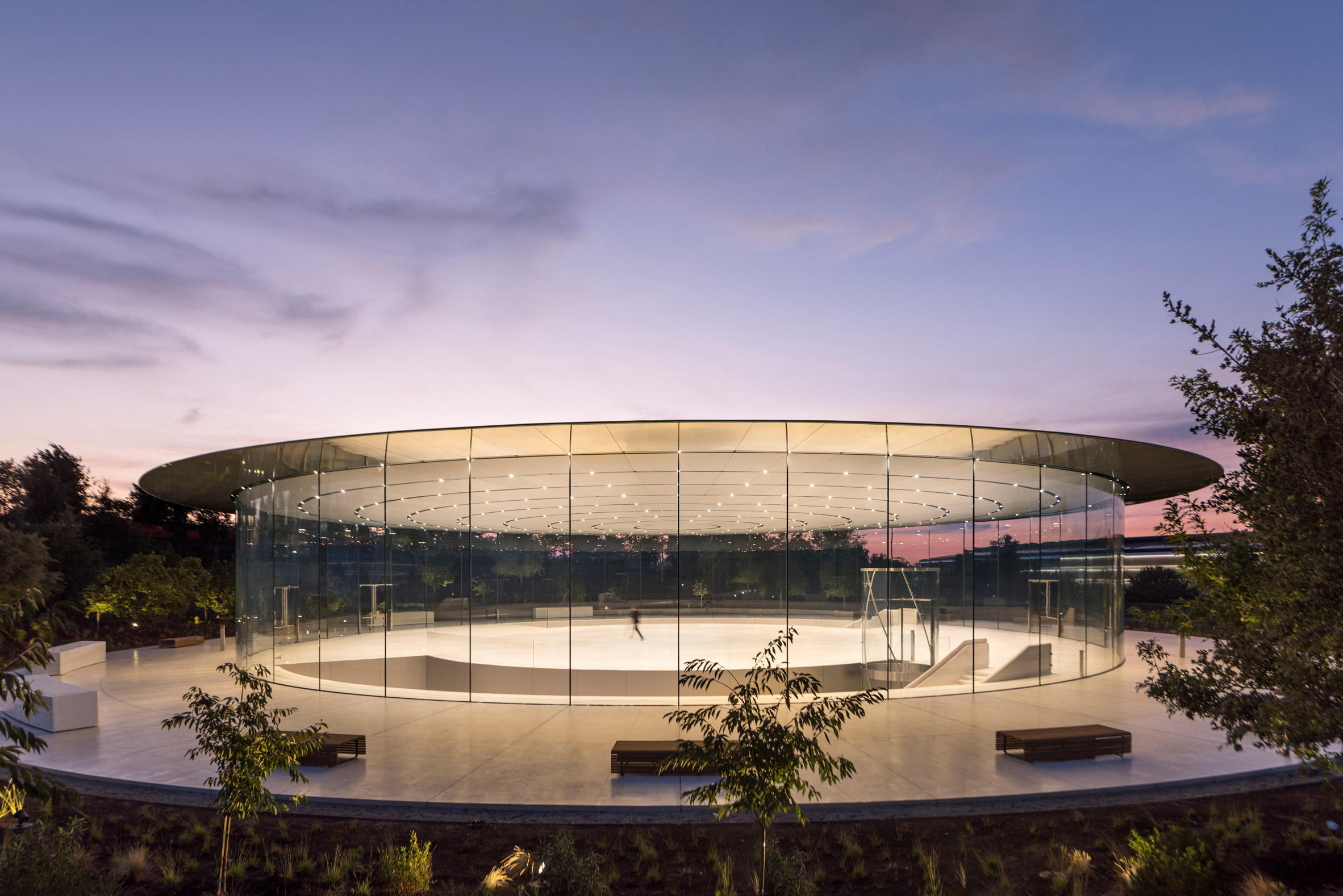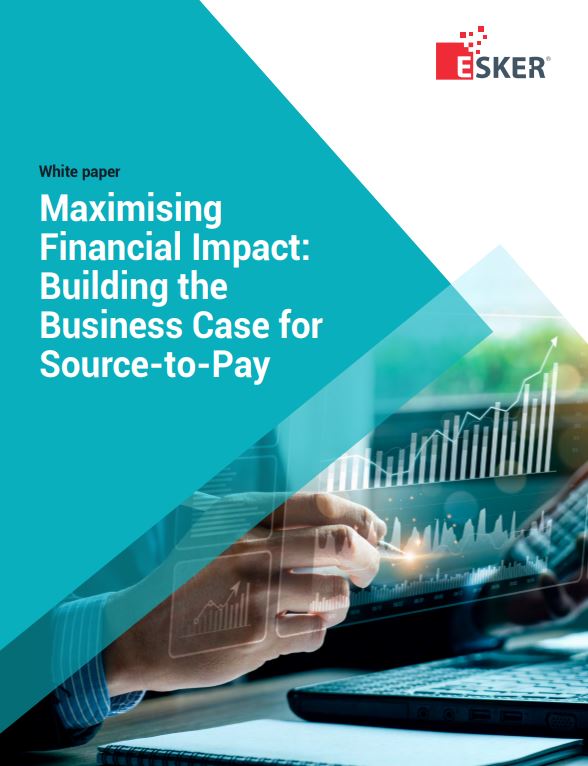Shares in Apple hit an all-time high on Monday after broker Morgan Stanley designated the stock as a “top pick” over the company’s Apple Intelligence plans announced last month.
The surge propelled the iPhone maker to a market value of more than $3.5 trillion (£2.7tn), the greatest of any US listed company.
The figure surpassed that of Microsoft, the main backer of ChatGPT maker OpenAI, whose value has risen this year based on its artificial intelligence exposure, and which was trading on Monday at around $3.3tn.
Morgan Stanley analyst Erik Woodring said Apple Intelligence – the company’s name for its AI features – was a “clear catalyst to boost iPhone and iPad shipments”.

Sales projections
The plans could see Apple sell nearly 500 million iPhones over the next two years, up from an earlier projection of 230 million to 235 million, Woodring said.
The sales projections would surpass those of the record cycle in 2021-22, which benefited from the boom in electronics sales to people in Covid-19 lockdowns, but was followed by the weakest year for smartphone sales in a decade in 2023.
“We believe that there is record level of pent-up demand entering the iPhone 16 cycle later this year,” wrote Woodring in a research note.
“Coming out of WWDC — where Apple debuted Apple Intelligence — we have even greater conviction that FY25 could be the start of a multi-year device refresh cycle.”
Upgrades
He said Apple Intelligence would deliver utility value while forcing upgrades.
Only 15 percent of Apple’s installed base will be able to use the technology, which only works on A17 Pro mobile and M-Series desktop chips, he said.
The majority of Mac users are on the M-Series platform, but only 8 percent of iPhone and iPad users run the required hardware, meaning some 1.2 billion iPhones, iPads and Macs would need to be updated, Woodring estimated.




